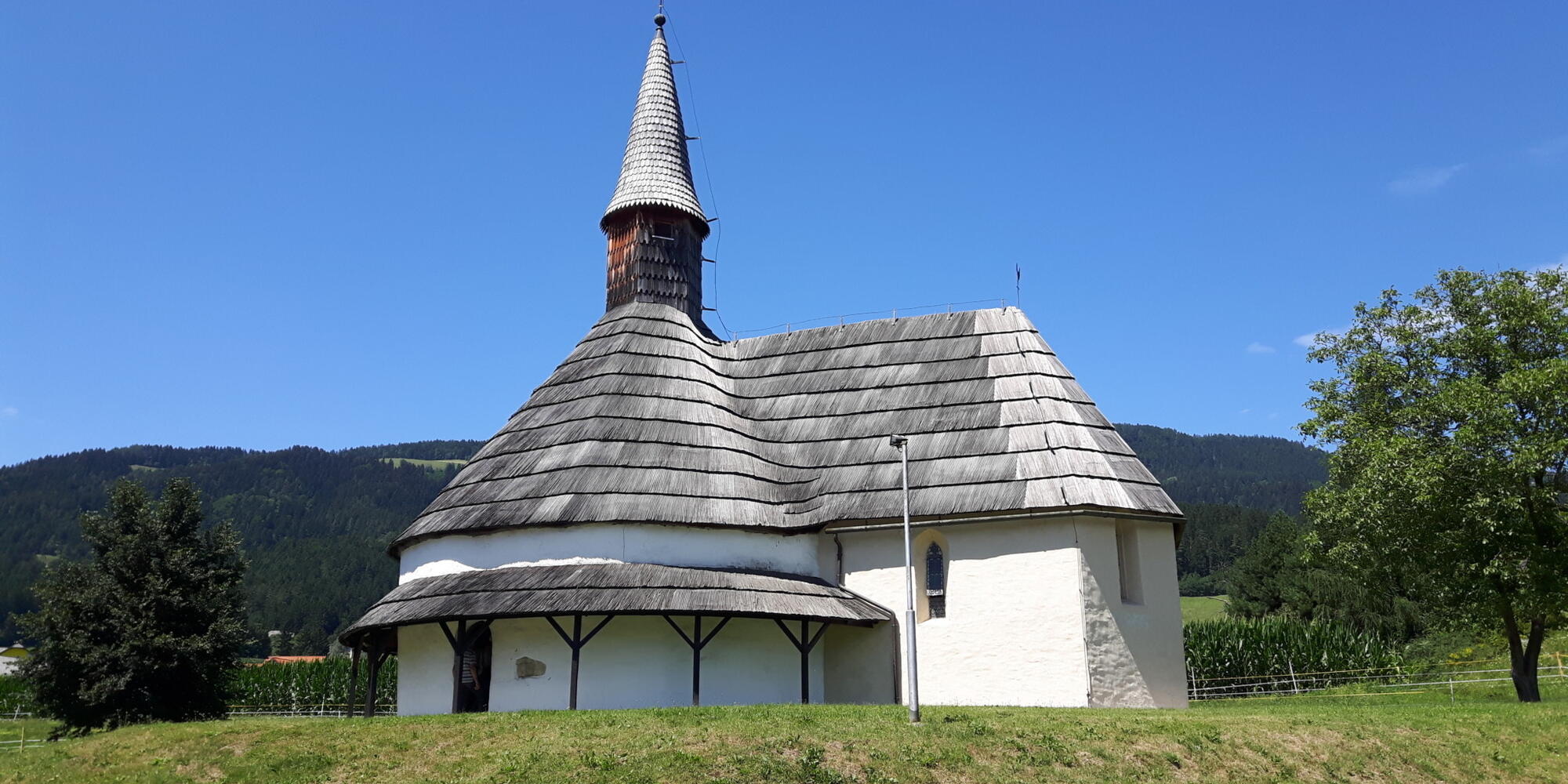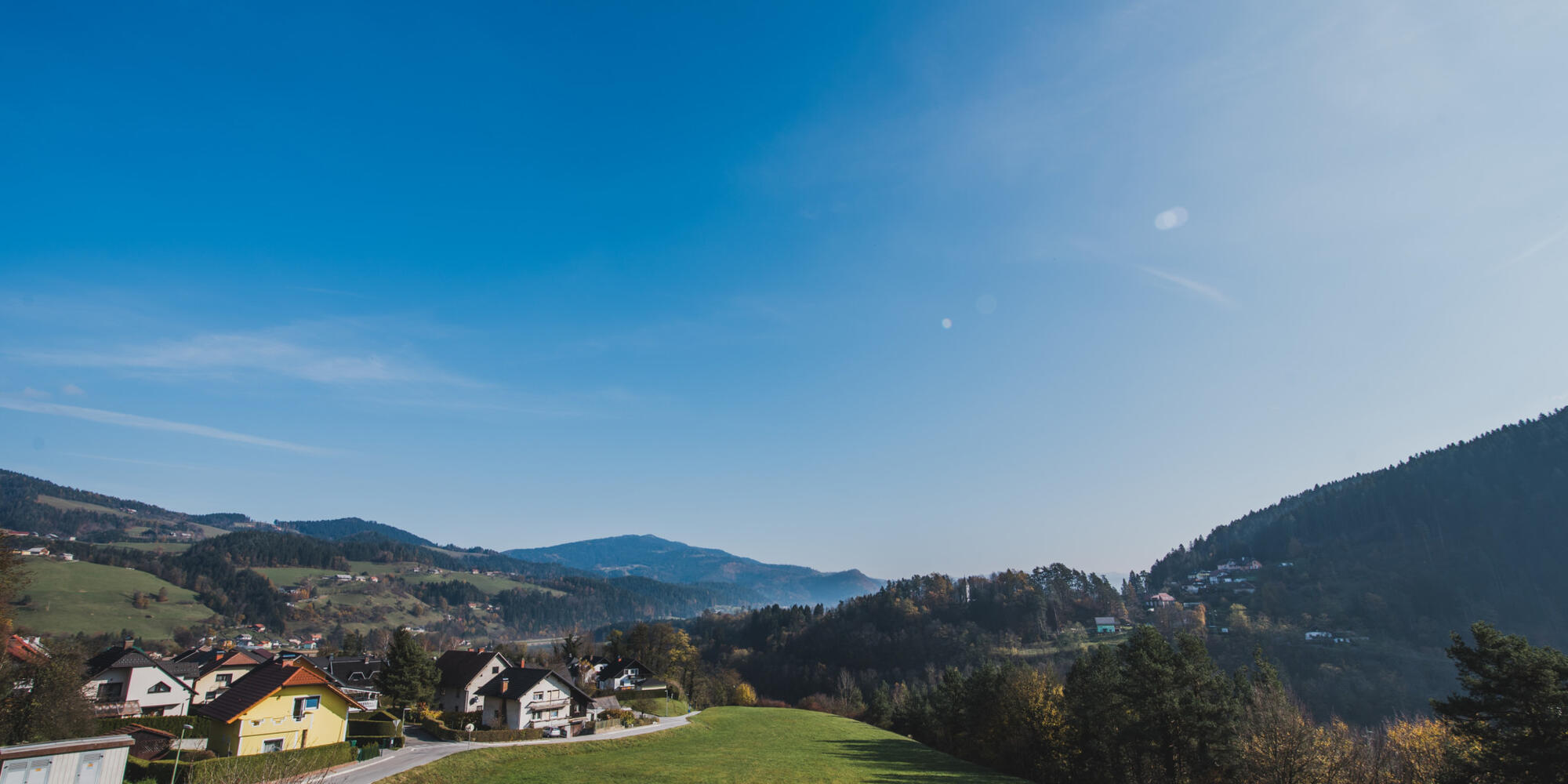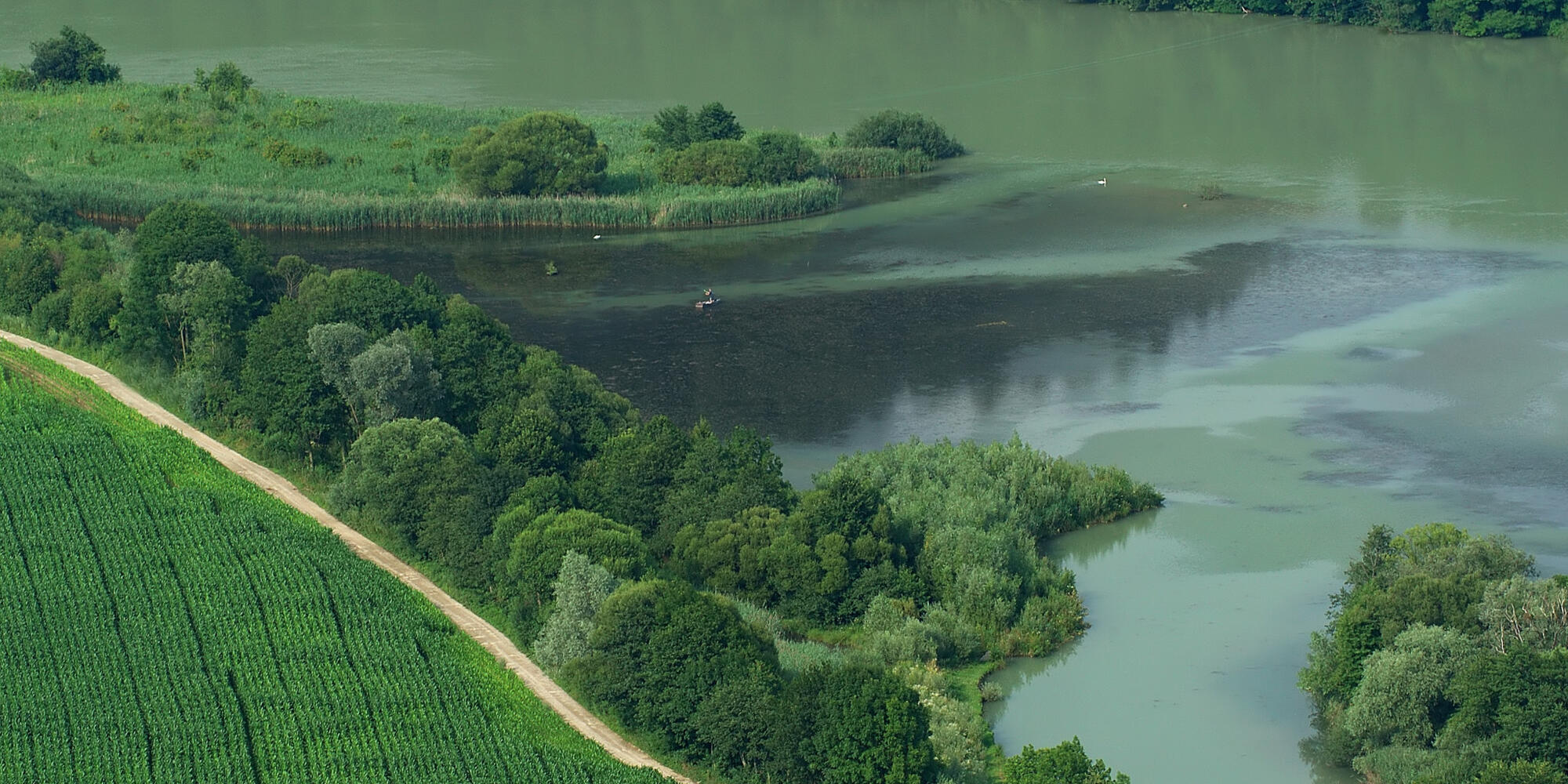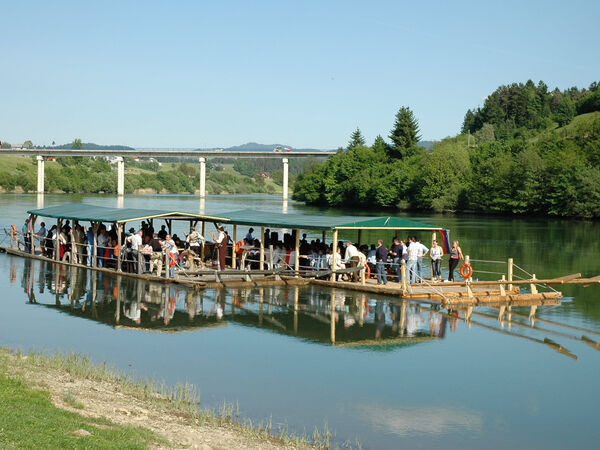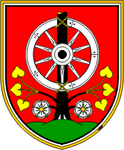
Muta
Muta is a town located in the central Drava Valley in the north-eastern part of Slovenia, caught between the Drava River in the south and the Slovenia-Austrian border in the north. It encompasses two geographic and economic units: the valley along the Drava, with terraces and flatlands to the foothills of the surrounding hills, and the hills along the international border. Muta lies in the pre-Alpine region, which has a rich flora and relatively abundant surface waters.
Cultural heritage
The ecological chapel
The ecological chapel was built in 1997 and dedicated to St. Francis of Assisi. It protects and warns the people living there about the Golica / Koralpe dam, built on the other side of the state border in Austria, in the municipality of Soboth. The chapel serves as a symbol and draws attention to the danger that threatens the valley of the Bistrica ditch - to the flood wave of the waters behind the dam that would flood the valley if the dam gave way (about 22 million m3 of water in the artificial lake). Near the chapel there is a bridge over the Bistrica River, from where you reach the Sedelnikov Waterfall. From there an hour and a half long walk on the marked mountain path takes you to St. Jernej. Next to the chapel there is the renovated Christmas nativity scene, which is most effective during Christmas.
Blacksmith-foundry and firefighting museum Kovaško in Upper Muta
The former Kienhofen mansion today houses a blacksmith-foundry and firefighting museum which stores forging, foundry and firefighting products from the 18th century, photographs and other written material. There is thus exhibited a more than 400 years old tradition of forging, foundry and firefighting in Muta. It contains and displays a rich collection of exhibits that testify to the hard and at the same time interesting life of our ancestors.
St. John the Baptist Rotunda
St. John the Baptist, the church (rotunda) at the mouth of the rivers Bistrica in Drava, attracts attention with its round nave and a nice sculptured roof with a small tower. Pope Leon IX consecrated it in 1052 on his way to Carinthia and Styria.
The structure in the present form was not built at the same time; all the reconstructions from the 19th century have been removed, and the building is connected with a steel connection due to cracks. The exterior shows a reconstructed wall that used to surround the building, covered with a weatherboard roof. The entrance into the interior is through an original semi-circular, slightly horse-shoe shaped Romanesque portal, with a marked apse with a low semi-circular wall built on the original foundations, and which was in 1st half of the 14th century replaced by the three-sided early Gothic presbytery. The offering altar in the apse stands instead of the original one, and there is a piece of the original screed (pressure) retained to the left of the entrance. The nave is illuminated by the original semi-circular Romanesque window, while there are three gothic windows in the presbytery. The walls of the presbytery are painted in al secco technique in two bands, and were painted in the early Gothic style of the first half of the 14th century. A passionflower is painted in each square of the coffered wooden ceiling of the nave that dates back to the 1st half of the 18th century. The wooden ceiling in the presbytery is from the 2nd half of the 16th century, while the altarpiece with statues of John the Baptist, John the Evangelist, Laurence and Stephen is a beautiful carving work, dating back to the end of the 17th century. To the right of the arch there is a baroque oil painting of St. Joseph with Jesus and St. Lucy with the donor in a rich frame. On the presbytery exterior, the Baroque wall painting of both Johns - the Baptist and the Evangelist – is preserved and under it a simple box for money. The relief of the eagle on the external façade to the right of the entrance is a Roman remainder, which proves that St. Johns stands on cultural ground with more than a thousand-year history.
Parish Church of St. Margaret the Virgin in Muta
The upper Muta developed around a funnel like marketplace, the main building of which was the Gothic parish church of St. Margaret the Virgin, first mentioned as a chapel in 1349, and as a parish church in the years 1460-65. The main nave of the former church is preserved, to which a side nave, a presbytery with sacristy and oratory were added in 1689, while the belfry was raised and covered with an onion roof. The baroque equipment is from the 17th century, and there are several tombstones built imbedded in the outer facade of the church, the oldest of which dates back to 1595.
Services nearby (10km)
To spletno mesto uporablja piškotke, ki izboljšajo vašo izkušnjo. Kaj so piškotki?
Nastavitve piškotkov
To spletno mesto uporablja piškotke, ki izboljšajo vašo izkušnjo. Kaj so piškotki?
Zahtevani piškotki
Ti piškotki so nujni za delovanje naše spletne strani in jih ni mogoče izključiti.
Oglaševalski piškotki
Te piškotke lahko na našo stran postavijo oglaševalski partnerji in s pomočjo njih prikažejo relevantne oglase.
Analitični piškotki
Omogočajo anonimizirano zbiranje podatkov o obisku spletne strani. Nastavi jih lahko tretja oseba, katere storitve uporabljamo.

 Warnings
Warnings
 Construction
Construction
 Weather
Weather
 Contact
Contact
 Search
Search
